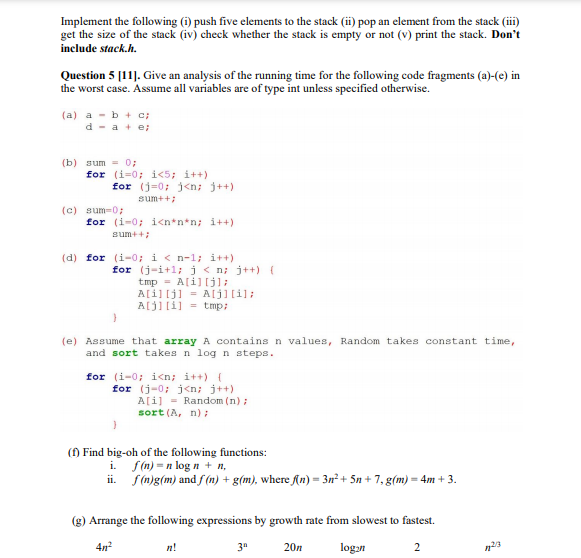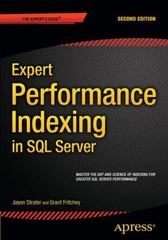I want answers for any questions possible.1,2 and 4 are linked. There are 2 pages for a total of 5 questions. Please post as soon as possible.


Question 1 (20). Write a struct Student that has member variables: (string) first name, (int) age and (double) fee. Write the functions as described in the class for the following purposes. 1. Write a function to create a dynamic sorted (in ascending order according to the age) doubly linked list, where the data component of each node is an instance of the struct Student. 2. Write a function to insert the instances in the linked list. You also need to write a function to find the spot for insertion of the nodes. 3. Write a function to remove the node from the linked list. 4. Write a function to count the elements of the linked list. 5. Write a function to determine check whether an element belongs to the linked list. 6. Write a function to print the linked list (from head node) on the console. 7. Write a function to print the linked list (from tail node) on the console. Implement the above functions as follows. Initially, the list must have five nodes that are the instances of the struct whose member variable age are: 18,21, 25, 27 and 33. Insert three nodes that are instances of the struct with age variable: (0) 17, (ii) 23 and (iii) 34. Print the list from head node (in ascending order). Remove three nodes that are instances of the struct with age variable 17, 25, and 34. Print the list from tail node (in descending order). Search the list to find whether an element that corresponds to the student with age 23. Insert a node that is an instance of struct with age variable 29. Print the number of elements in the list. Print the list from head (in ascending order) on the console. Question 2 [5). Consider the struct Student as defined in Question 1. Two students are equal if their name, age and fee are equal. Overload == operator to test equality of students as defined above. Give an implementation with the following students i studentl: = John, 21, 2075.50 and student2: = John, 21, 2075.50 ii. student1: = John, 21, 2075.50 and student2: = Paul, 23, 2050.75 Question 3 [4). Overload * operator for entry-wise multiplication (Hadamard product) of two matrices of size 4 x 4. One bonus mark will be given for overloading * for usual multiplication of matrices of size 3 x 3. Question 4 [10). Consider the Student struct as defined in Question 1 above. Implement the stack with doubly linked list whose each node has data component an instance of the struct Student. Implement the following (1) push five elements to the stack (ii) pop an element from the stack (iii) get the size of the stack (iv) check whether the stack is empty or not (v) print the stack. Don't include stack.h. Question 5 [11]. Give an analysis of the running time for the following code fragments (a)-(e) in the worst case. Assume all variables are of type int unless specified otherwise. (a) a - b + c d -a + e; (b) sum = 0; for (i=0; i








